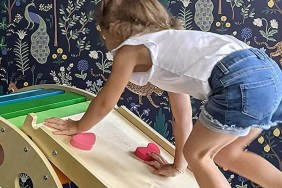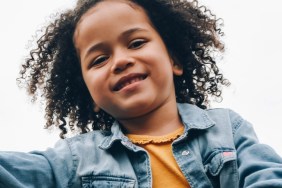After months of desperately trying to read nonverbal cues and listen for the meanings of ever so slightly different cries, talking is a very exciting (and welcome) milestone. Like most developmental milestones, however, it takes time and practice to progress from single words to stringing two or three words together to using complete sentences.
Talking and listening go hand in hand. By listening to…








